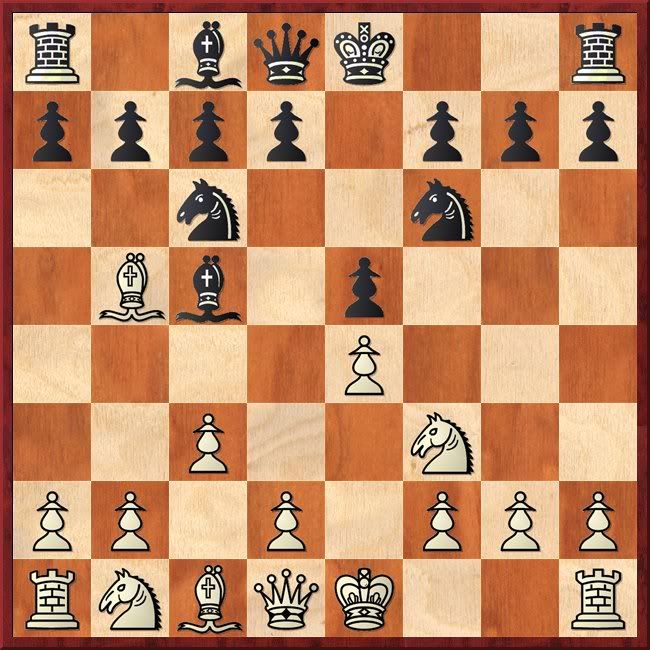White to move

Mayet played 5.Bxc6. His move has not become common. Indeed, in the eight other instances I found, five are from youth events. I believe Mayet's move is a positional error. Perhaps he thought removing the knight prepared 6.d4, but the immediate 5.d4 is possible with the idea of meeting 5...exd4 with 6.e5!
What principles explain the assessment that 5.Bxc6 is a positional error? I'm tempted to claim that bishops are superior to knights, but it is too early in the opening to rest on this principle, which becomes dogma in such assertions. In the Spanish Opening, White's light-squared bishop often becomes a critical attacking piece. Even so, White gives it up in the exchange variation, but c2-c3, which Mayet played the previous move, makes less sense in such lines.
I think the move is an error, but I'm not confident in my explanation why.














I think a good explanation is that since the knight is probably not going to run away, it is better for White to remain flexible with his bishop's future especially since d4 then e5 (as you pointed out)is strong.
ReplyDeleteAnother exaplanation can be that white plays twice with his white squared bishop while this isn't necessary. Still lots to develop for white.
ReplyDeleteSecondly bishop takes knight doesn't improve whites position which is what openingmoves are suppose to do.
Thanks for the helpful comments.
ReplyDeleteone master told me one time don't move any piece twice until you have moved every piece once also this opens lines for blacks white squared bishop
ReplyDeleteAlthough not the best move, I think it's probably playable.
ReplyDeleteI think its about the question: "whats good about a move". You need to find good reasons for d4 or Bxc6.
ReplyDeleteMy motto: If in doubt, ask an engine
r1bqk2r/pppp1ppp/2n2n2/1Bb1p3/4P3/2P2N2/PP1P1PPP/RNBQK2R w - - 0 1
Analysis by Houdini 3 x64:
1. +/= (0.60): 1.d4 Be7 2.d5 Nb8 3.Nxe5 Kf8 4.f3 d6 5.Nd3 c6 6.Bc4 cxd5 7.exd5 Nbd7 8.Kf2 Nb6 9.Bb3 Nbxd5 10.Re1 Be6 11.Kg1 Kg8 12.c4 Nb6 13.Nc3 Qd7 14.Nf4
2. = (0.22): 1.Bxc6 dxc6 2.Nxe5 Bd6 3.d4 Bxe5 4.dxe5 Qxd1+ 5.Kxd1 Nxe4 6.Be3 h6 7.f3 Ng5 8.h4 Ne6 9.Ke2 Ke7 10.c4 Nf8 11.Nd2 b6 12.h5 Be6 13.Rad1 Rd8 14.g4 Nd7 15.Bd4 c5 16.Bc3
3. = (0.00): 1.Qe2 Qe7 2.Kf1 Kf8 3.h3 Kg8 4.d4 exd4 5.e5 Nd5 6.Qe4 Nf6 7.Qe2 Nd5
Bxc6 is the second best move and not a "bad" one. d4 is just better
If houdini is right, then d4 "forces" black to move his bishop again (1 Tempo) to a place where he blocks the black queen ( loss of activity ) and with the next white move the Knight has to retreat to b8 ( 1 tempo ).
The traditional value of a tempo is 0.33 so these both tempi are 0.66. That explains a lot of the different evaluations of 1.d4 and 1.Bxc6
The list of positive effects of Bxc6 is smaller....